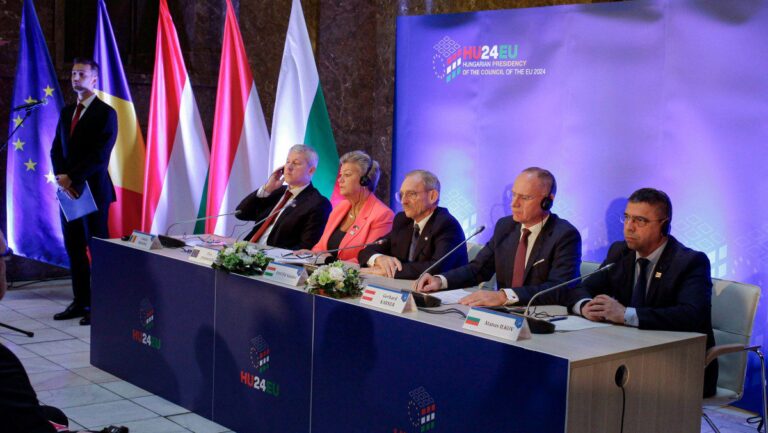A set of new, binding transparency rules were introduced by the European Parliament on Thursday, March 30th, aimed at closing the gender pay gap in European companies. If approved by the Council, EU member states will have until 2026 to integrate the directive into their national legislation.
Under the new “Pay-Transparency Directive,” spearheaded by the liberals and greens, all European companies with over a hundred employees will have to report regularly to a national body overseeing the transition. If their files indicate a discrepancy in salaries between the genders exceeding 5%, they will have to rectify it.
What’s more, companies that exceed the threshold will also need to provide their employees with information on how they determine salaries, broken down by gender and categories of workers “doing the same work or work of equal value.” New rules will be implemented in the hiring process as well, prohibiting employers to ask about previous salaries while mandating them to include a salary range in the job descriptions.
“This is a historical day …, [ending] centuries of discrimination,” said Renew Europe MEP Samira Rafaela, one of the rapporteurs of the directive, at the press conference on Thursday. “We want women to build their own future, to buy their own house, to do their own financial investments, and to become independent,” she said, “so [the gender pay gap] should have been solved yesterday.”
An updated version
The directive was first proposed by the European Commission in March 2021, but it has undergone several changes since then. For instance, the original text determined the threshold at 250 employees. This has been significantly lowered to one hundred in order to cover as many companies as possible without putting an unnecessary administrative burden on small businesses. The Commission estimated that the annual costs for companies to report salaries could be as high as €890.
Another change is the broadening of the scope of the directive to meet modern social requirements. The original proposal was to look at the gender pay gap in relation to women only, but the adopted directive also recognizes the needs of ‘non-binary’ workers (people who don’t identify as either men or women).
“This is groundbreaking news. It is the first time in EU legislation history that we have recognized non-binary persons and that the intersectional discrimination will become an aggravating factor,” said Rafaela, recalling that during negotiations, she “was willing to walk away from the table if this would not get in.”
Several right-wing MEPs were taken aback by this twist, seeing it as a ploy to “enshrine in law the existence of a third, neutral gender,” said Ádám Kósa, a Hungarian MEP during the debate. “For decades we have been working to ensure that women are paid the same as men. When we finally reach that goal, we wake up to find that the debate is no longer about equal pay, but about whether men are males and women are females.”
What is the gender pay gap?
For those unfamiliar with this vaguely defined term, the gender pay gap is the statistical difference between the average gross salaries of men and women, which can be calculated in the case of firms, sectors, or entire countries. According to the Commission’s Equal Pay Factsheet, in 2022 the average gap in Europe was 13%, meaning that “women earn €0.87 for every €1 earned by men.” Broken down by countries, it was Luxembourg (0.7%), Romania (2.4%), and Slovenia (3.1%) that lead the bloc with the smallest pay gap, while Latvia (22.3%), Estonia (21.1%), Austria (18.9%), and Germany (18.3%) were the worst performers with the largest pay gap.
According to some, however, these figures can be quite misleading. Various experts and organizations—including gender-parity NGOs, such as Equi-law UK—have repeatedly called the gender pay gap a “myth,” which cannot be solved through legislation, since gender-based discrimination is already illegal throughout the West. “It is not a pay gap, it’s a gender earnings gap,” Equi-law believes.
For instance, the gender pay gap does not account for various factors, such as qualifications, employment continuity, the dangerousness of the job, or the difference in life choices. In general, fewer women choose the most highly-paid careers, and more women choose to work part-time. In the end, as Equi-law explains, the question mostly comes down to choice:
We can see a gender pay gap in an airline. This is because the highly-paid engineers and pilots are mostly male while the cabin and check-in staff are mostly female. These are choices, not discrimination.
Yet, these nuances hardly matter to the European Union, and now the effort to remove the gender pay gap will be made more complicated with the introduction of the non-binary category. But Ms. Rafaela aptly describes the situation, “this is what you get when you put greens and liberals together, obviously.”





